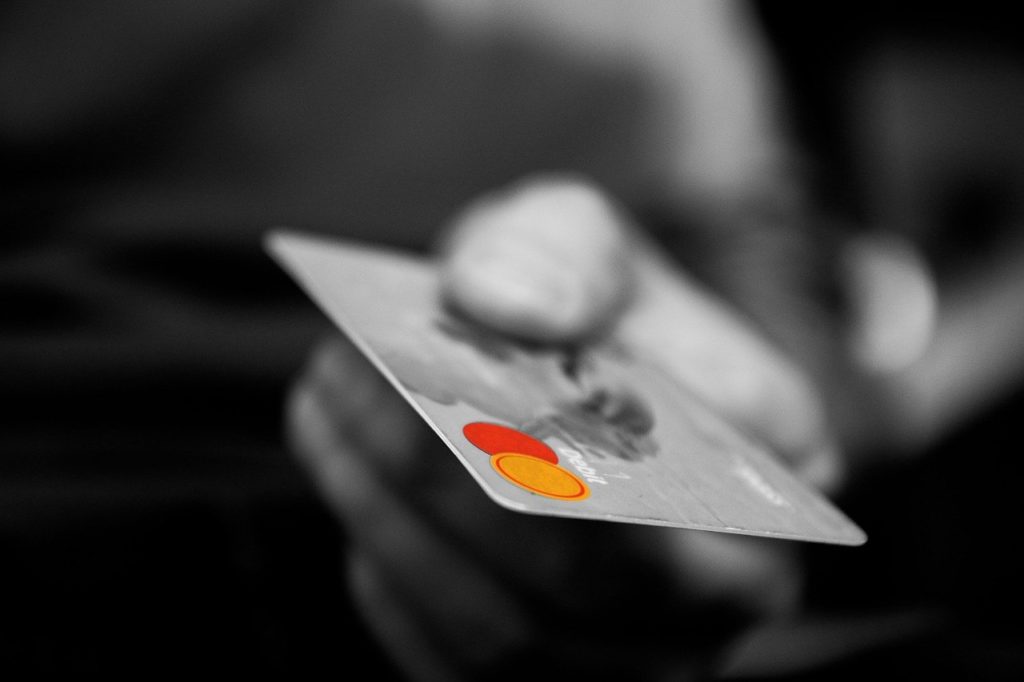After you Pay Yourself First, next pay your living costs.
Which expenses are living costs?
Living costs are the expenses in your life that are necessary or committed. These are recurring day-to-day or monthly expenses which are generally non-discretionary, so not easily reduced or avoided. They are mostly fixed in the short-term (such as rent, unless you move) or only limitedly variable (such as groceries, for which a certain level is necessary to feed ourselves). The importance of identifying the sum total of these costs is to have a clear awareness of the minimum amount of cash flow required each month to cover these.
Following is a partial list of what are considered to be living costs:
- Housing: rent or mortgage payment
- Utilities: water, gas, electric, trash, HOA fees
- Vehicle: gas, insurance, car payment
- Groceries
- Cell phone
- Student loan and other debt payments
- Health insurance premiums
- Medical care and prescriptions
- Subscriptions and memberships
- Emergency funds
Living costs take priority ahead of discretionary costs which are optional such as clothing, travel, education, dining out, entertainment, and gifts. Home and vehicle repairs, while necessary, can be highly variable and are therefore accounted for along with discretionary costs later. We’ll spend later (stay tuned for the next post about this) after we have paid our living costs.
It is important to have clarity around your total living costs to understand how much is required to cover these each month. This involves the up-front exercise of identifying and quantifying your total living costs. Note that this is not budgeting and tracking! You only need to perform this exercise once up-front with updates later upon significant costs changes (such as monthly mortgage or rent).

In identifying your living costs, go straight to the source so that you really nail these down. Check your bank and credit card statements. The use of estimates is only fine if you can come in realistically close. If your estimated groceries are $250 each month but you’re actually spending $500, then you haven’t correctly identified your living costs.
How to wrangle
There are a few steps to take in best wrangling your living costs:
- Use one bank account.
Pay all living costs from one bank account, which will most likely be the primary checking account to which your paychecks are deposited. - Dedicate one credit card for daily costs.
Use one credit card exclusively for all day-to-day purchases such as grocery and gas. Automate this credit card bill to be paid in full each month from your primary checking account. While certainly variable, the collective sum of these two costs does not usually vary wildly from month-to-month. With this, you can establish an expectation of your total charges for the month which is easily verified when the statement is posted or the bill is paid. Once your expectation is established for the sum of these daily costs, there is no need to dig into the details of that spending unless it comes in far from that expectation. No budgeting or tracking required, but rather monitoring and investigating on an as-needed basis. - Dedicate a second credit card for recurring costs.
Set-up recurring monthly costs to be paid automatically, if not from your primary bank account than with a second credit card distinct from the daily credit card. This second card is not intended to leave your home as it is dedicated to only secure and recurring payments. Using separate cards avoids the chore of updating payment information with your gas company not if but when your daily credit card is compromised (lost or stolen) and a new one must be issued.

After a short time of wrangling your living costs, you will have an overall expectation of how much these are each month. It is crucial to have clarity around this as it reveals how much cash flow is required from your paychecks each month, and how much must be prioritized and covered before any discretionary spending can occur.
If you discover that these living costs in total are not affordable or are higher than you desire, finesse them! One such strategy is to take in a roommate to help offset your housing costs. Other strategies include shopping out a cheaper cell phone contract, opting for a less expensive car, renegotiating your internet service, canceling subscriptions…you know the tactics. Some would choose to employ budgeting here, but we implore that it is not as valuable as simply isolating and controlling those costs in total. Living costs are a fairly finite list of expenses that can be easily monitored at a high level.
Living high on the hog
We at Buck the Budget condone both a high standard of living and also frugality. What to pay for your lifestyle is your choice and is supportable so long as you have first paid yourself well, and also have enough remaining for spending after living costs are paid.
Frugality is a great tactic toward lowering expenses. Any frugality employed at this point will leave you with even more to spend (or whatever you want to do) with your discretionary monies. While frugality will provide you freedom elsewhere in your cash flows, if you’ve paid your living costs and are satisfied with the amount that remains for spending, then frugality is optional but not necessary.

We recommend approaching your finances with freedom and abundance, not scarcity.
It is important to focus on growing wealth, not just on living cheaply. If you plan to retire with minimal assets based on the assumption that you will live frugally, this is a risky move. The more wealth you grow, the more freedom you’ll have to live comfortably later on.

In Bucking the Budget, we have covered how to Pay Yourself and also how to Wrangle Living Costs. Next up is to Spend the Rest (yeehaw)!
To employ the three steps with our easy financial plan, sign-up at buckthebudget.com.
